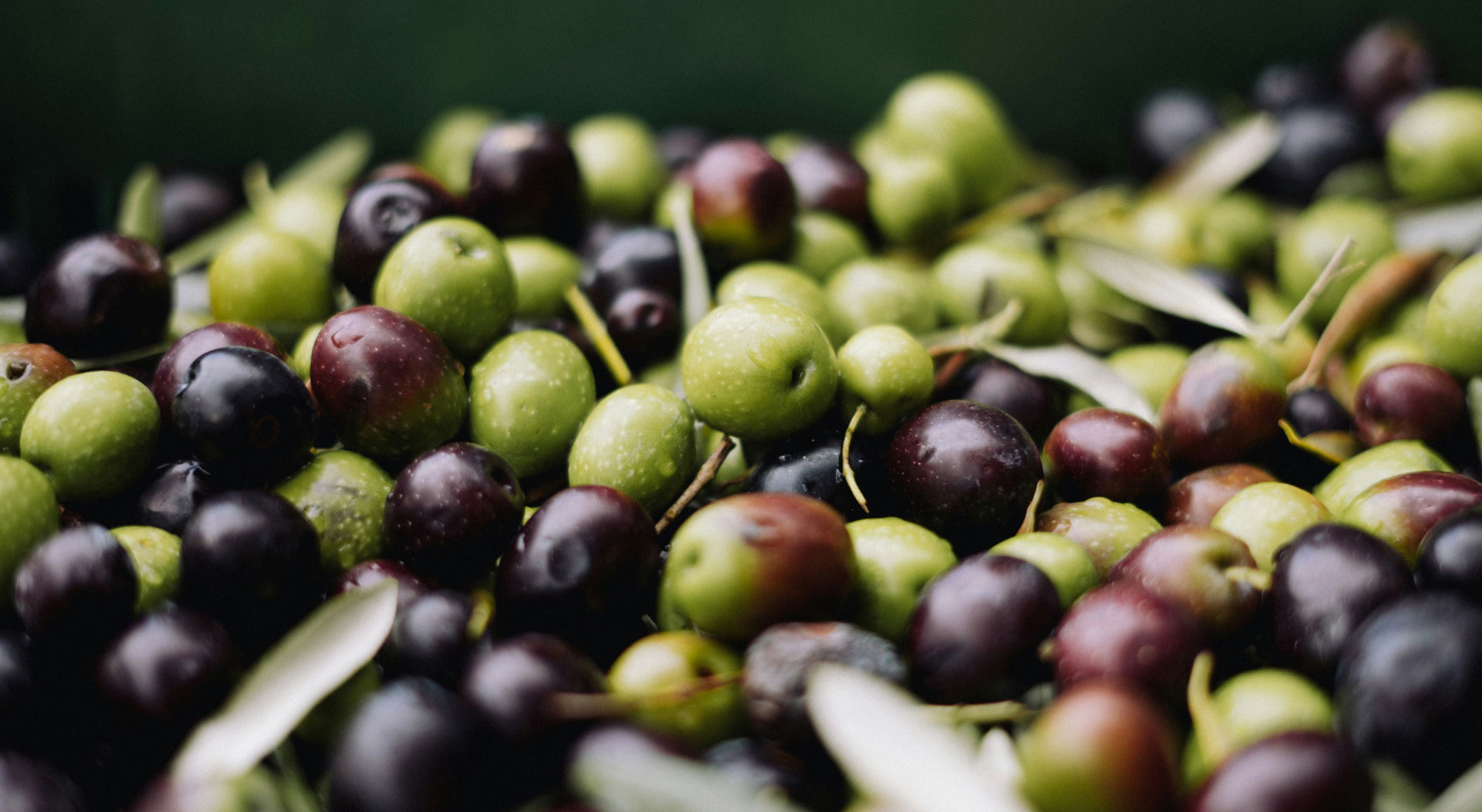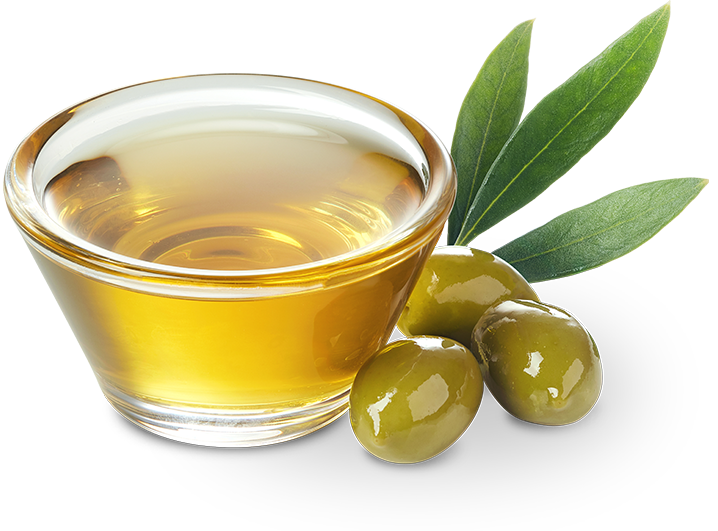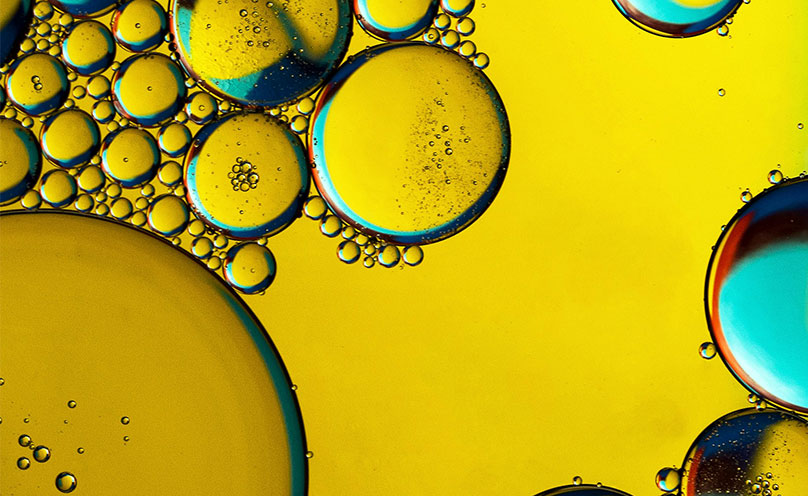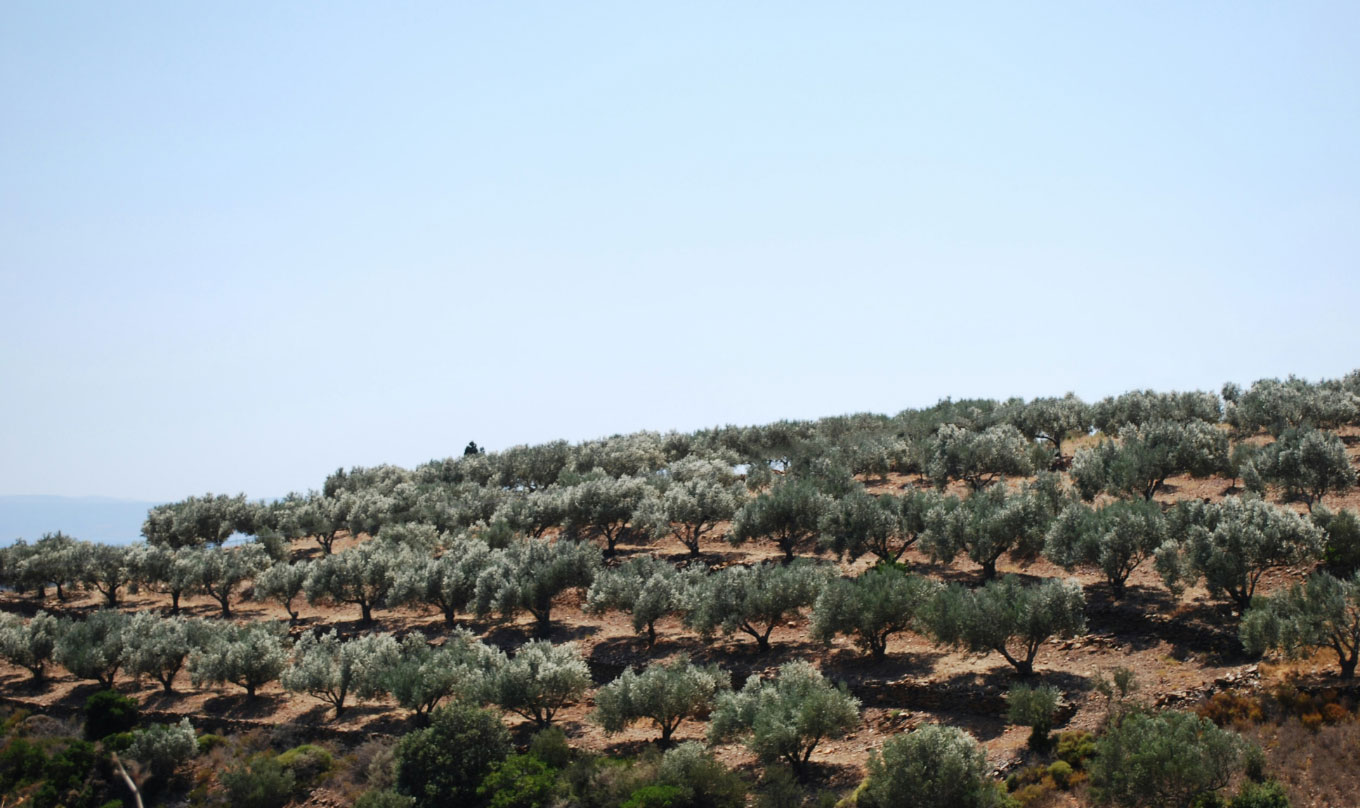 06.06.24
06.06.24
Olive Oil Categories
Explore the main categories of olive oil, defined by distinct production methods and chemical parameters, essential for assessing their quality and suitability in various uses.
read moreExtra virgin olive oil is a liquid fat obtained by processing whole fruits of the olive tree (Olea Europaea, family Oleaceae). Essentially, extra virgin olive oil is made simply by crushing olives and extracting the juice with mechanical means in low temperatures without any addition – chemical or not.
Since extra virgin olive oil is simply fruit juice without any additives, its quality and taste are influenced by the varieties of olives, the terroir where they were grown, and the countless decisions and production practices of a dedicated producer.
In chemical terms extra virgin olive oil is described as having a free acidity, expressed as oleic acid, of not more than 0.8 grams per 100 grams and a peroxide value of less than 20 milliequivalent O2. It must be produced entirely by mechanical means without the use of any solvents, and under temperatures that will not degrade the oil (less than 27°C or 80°F). Olive oil has a low content of saturated fatty acids and a high content of monounsaturated.

On average, it is calculated to consist of 14% saturated fat, 11% polyunsaturated and 60-80% oleic acid. It also contains polyphenols, flavonoids, vitamin E, provitamin A, minerals and trace elements. All these microelements function as antioxidants, both for our body and for the olive oil. Antioxidants protect the body against damage from oxidation caused by free radicals, while converting olive oil itself into a durable product by protecting it from oxidation.
In order for an oil to qualify as “extra virgin”, it must also pass a sensory evaluation by a trained tasting panel recognized by the International Olive Council. The olive oil must be found to be free from defects while exhibiting some fruitiness.
Extra virgin olive oil must have no taste “defects.” It needs to have a nice flavor of fresh olives and no defects. Extra virgin is the highest quality and most expensive olive oil classification. It should have and a flavor of fresh olives.

Having pleasant spicy fruit flavors characteristic of fresh ripe or green olives. Ripe fruit yields oils that are milder, aromatic, buttery, and floral. Green fruit yields oils that are grassy, herbaceous, bitter, and pungent. Fruitiness also varies with the variety of olive.
Having pleasant spicy fruit flavors characteristic of fresh ripe or green olives. Ripe fruit yields oils that are milder, aromatic, buttery, and floral. Green fruit yields oils that are grassy, herbaceous, bitter, and pungent. Fruitiness also varies with the variety of olive.
Having pleasant spicy fruit flavors characteristic of fresh ripe or green olives. Ripe fruit yields oils that are milder, aromatic, buttery, and floral. Green fruit yields oils that are grassy, herbaceous, bitter, and pungent. Fruitiness also varies with the variety of olive.
Color doesn’t show something about the olive oil. It can range from metallic yellow to deep emerald and it is influnced from the cultivar, the time of picking, the weather patterns of the cultivating period etc. For this reason, olive oil tasting is done with IOC approved blue glasses.
 06.06.24
06.06.24
Explore the main categories of olive oil, defined by distinct production methods and chemical parameters, essential for assessing their quality and suitability in various uses.
read more 04.06.24
04.06.24
Learn how to choose the best olive oil with tips on category, extraction methods, origin, and storage practices to preserve its quality and flavor.
read more